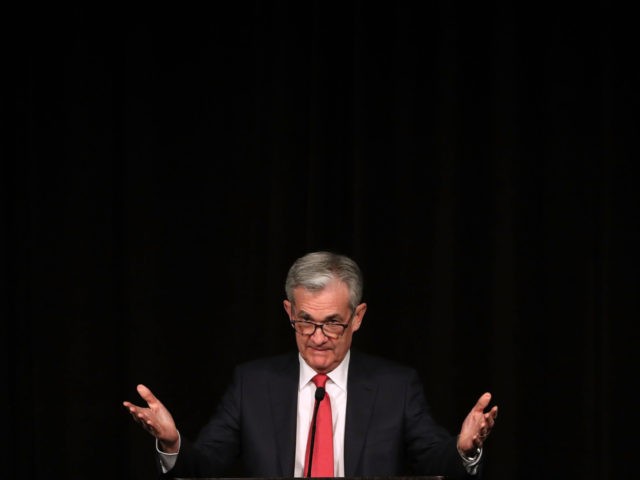Futures prices now reflect a near certainty that the Federal Reserve will lower its target interest rate range at its two-day meeting at the end of this month.
The chances of an October cut, as measured by the prices of fed funds futures and calculated by the CME Group, rose to 92.5 percent on Thursday following a weaker than expected report on the U.S. services sector. The prior day, the market indicated a 77 percent chance. A week ago, it was just a 49 percent chance.
The odds now favor another rate cut in December and give a reasonable chance of one in January. The chances of a December cut moved up to 54.6 percent on Thursday from 38.6 percent on Wednesday. A week ago, the odds were just about 19 percent.
Another cut in January, which would reduce the Fed’s target to between just 1 percent and 1.25 percent, now has a 30 percent chance, up from 18 percent yesterday and just 6.7 percent a week ago.
Survey data from the Institute for Supply Management this week indicated that the manufacturing sector may have contracted for the second consecutive month in September and the larger services sector may be growing more slowly than expected. ISM surveys from Europe show anemic growth and data suggests Germany’s economy may already be in a recession.
Nonetheless, the U.S. labor market appears to be strong. A report on private payrolls from ADP/Moody’s showed the economy continued to add jobs in September, even if hiring has cooled from earlier in the year. And data released Thursday on jobless claims were consistent with a healthy labor market. It is likely that expansive fiscal policy–including the Trump administration’s tax cuts and a high level of government spending, which inflated the government’s budget deficit and added spending power to the private sector–is helping keep demand for labor high.
Low unemployment and ongoing job creation are critical components to keeping the U.S. economy afloat because they support robust consumer spending, adding to the incomes of Americans producing the goods and services consumers purchase. A pull back in job creation or a sharp rise in unemployment would put that at risk as Americans would likely reduce spending in anticipation of a more challenging economy.

COMMENTS
Please let us know if you're having issues with commenting.